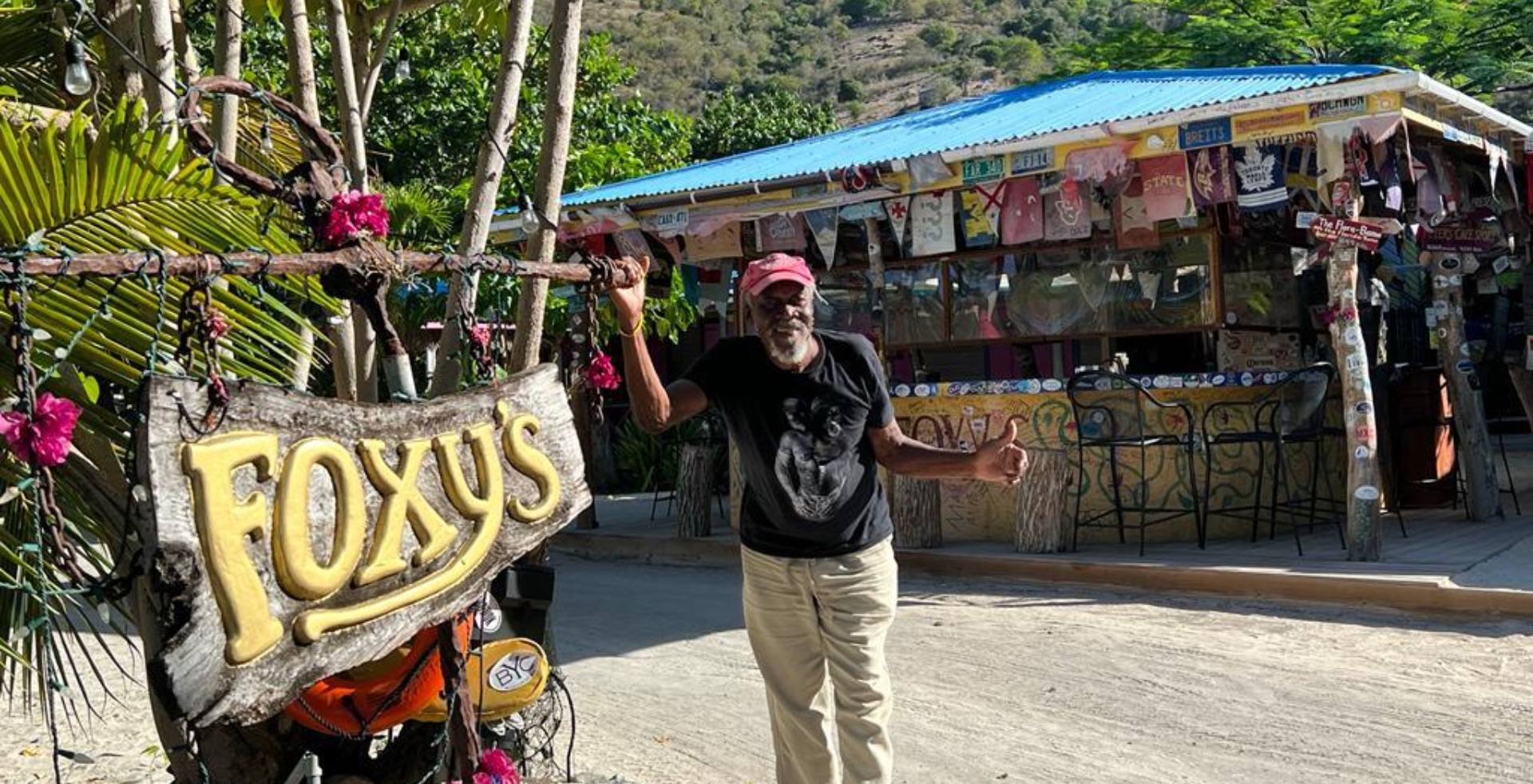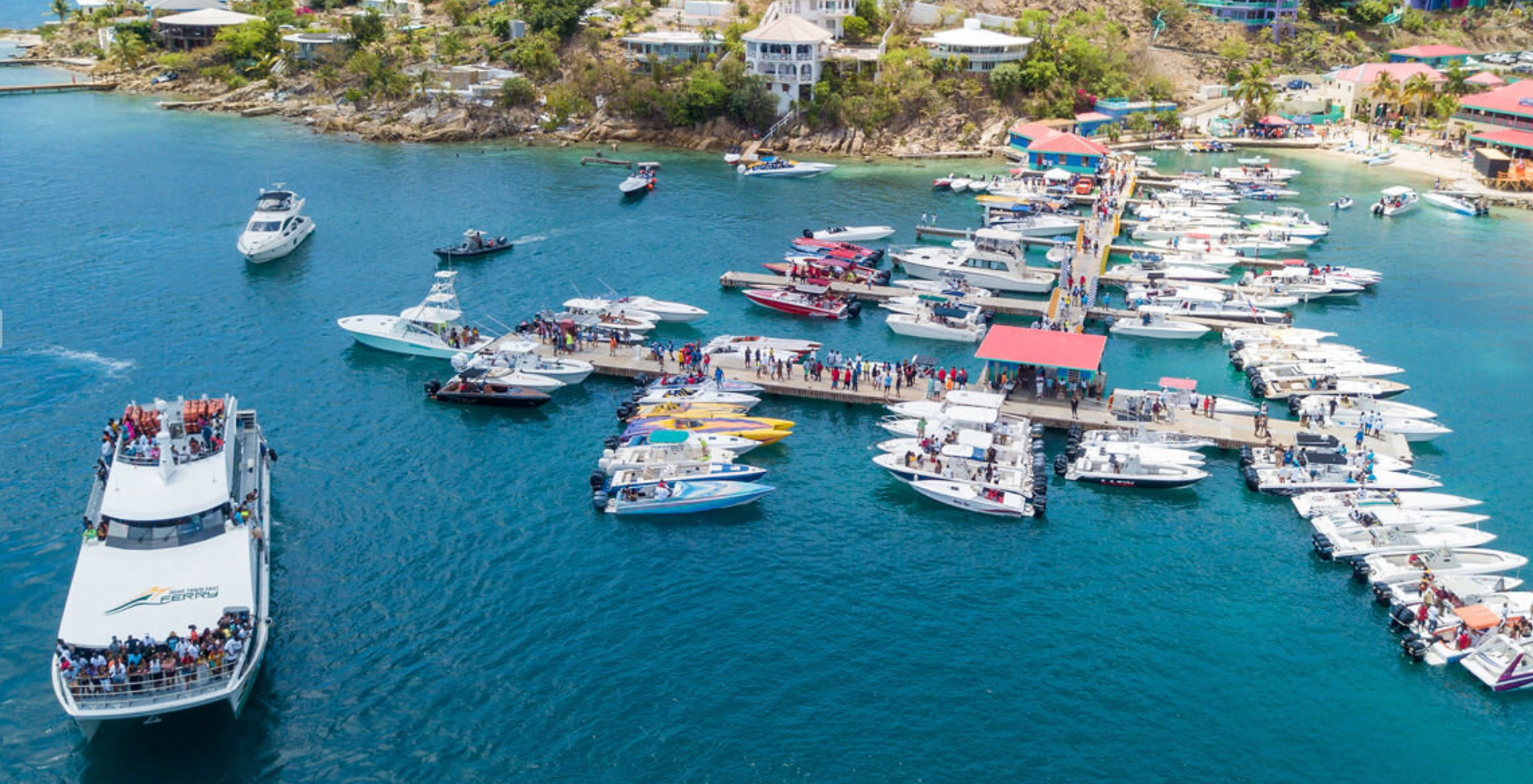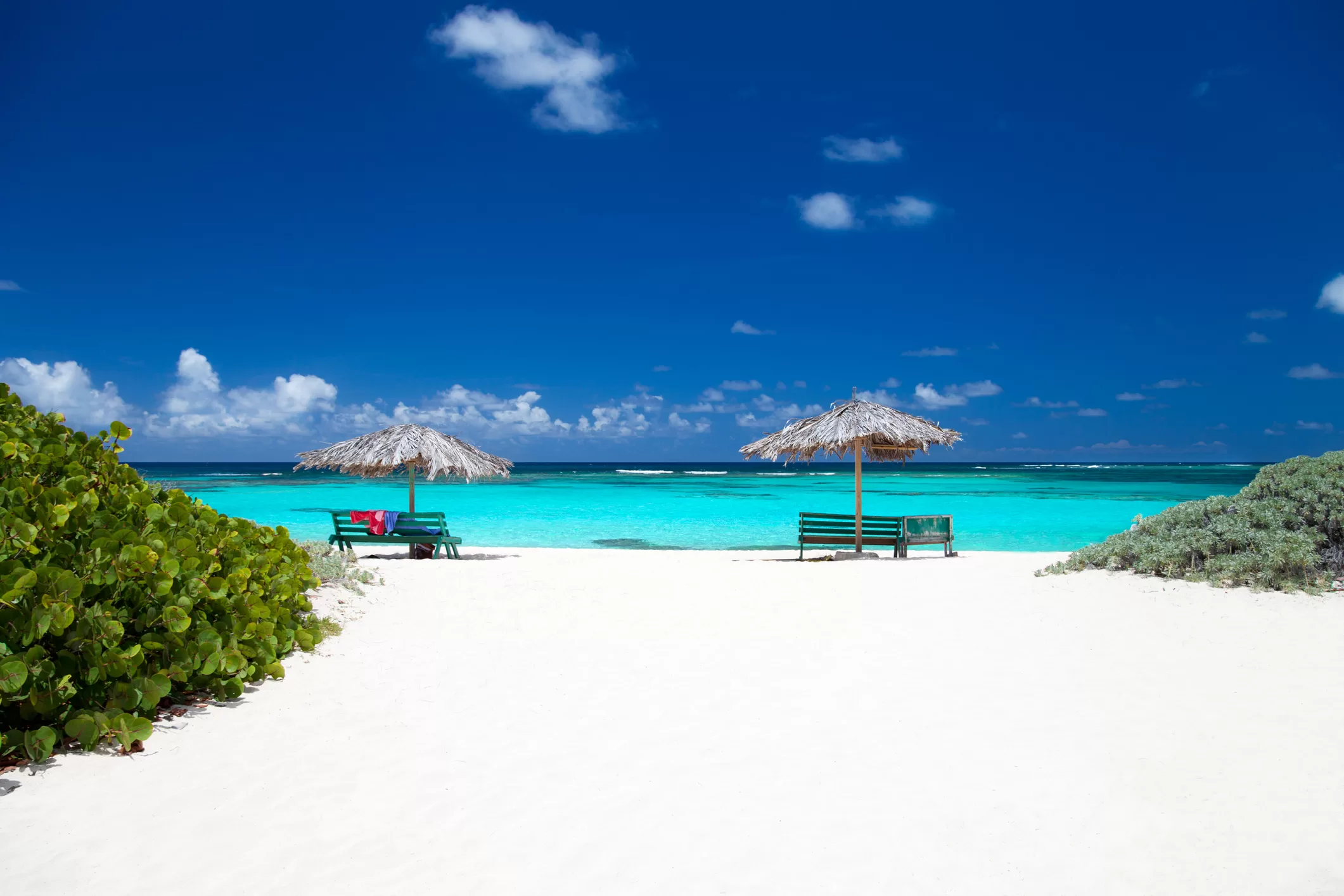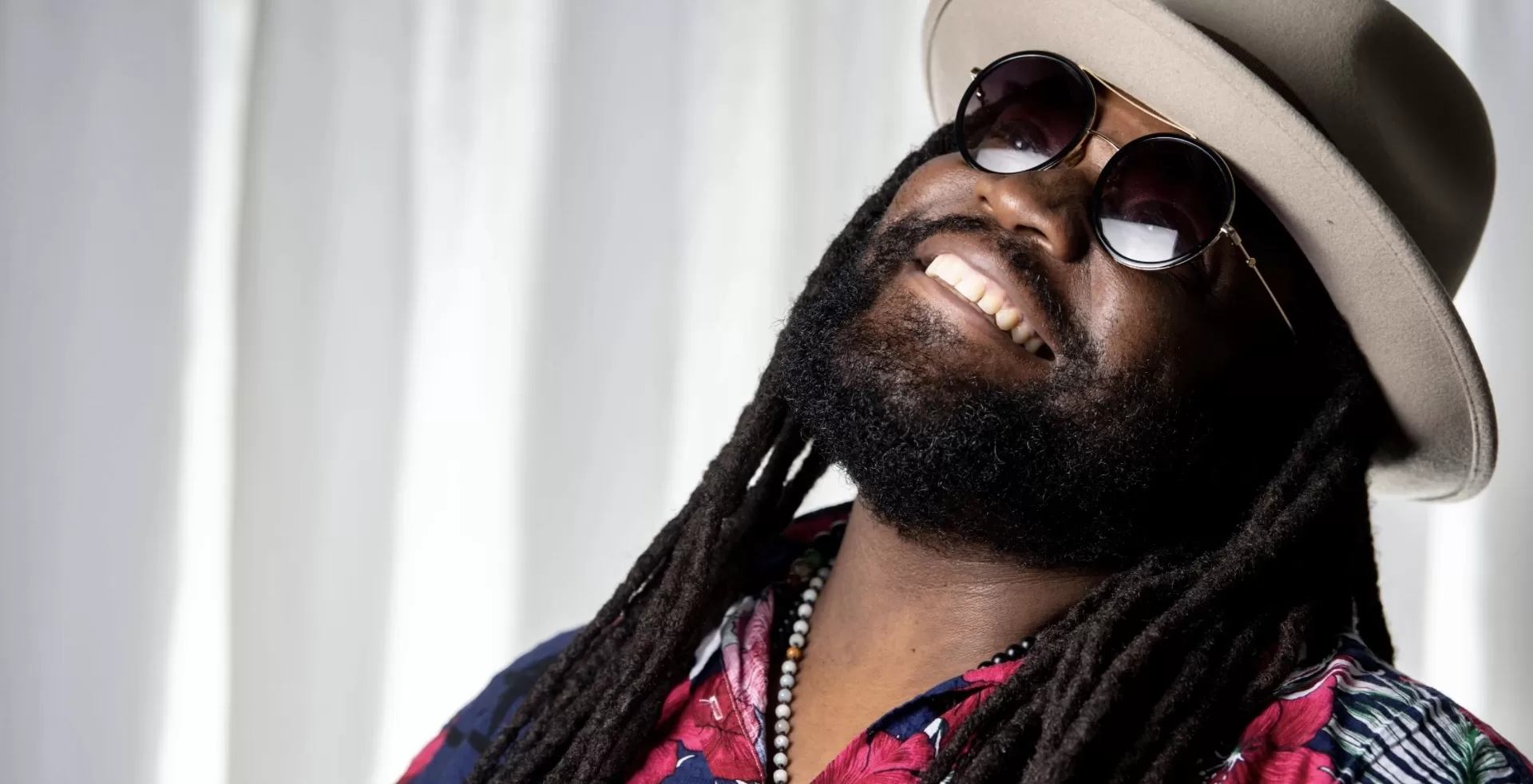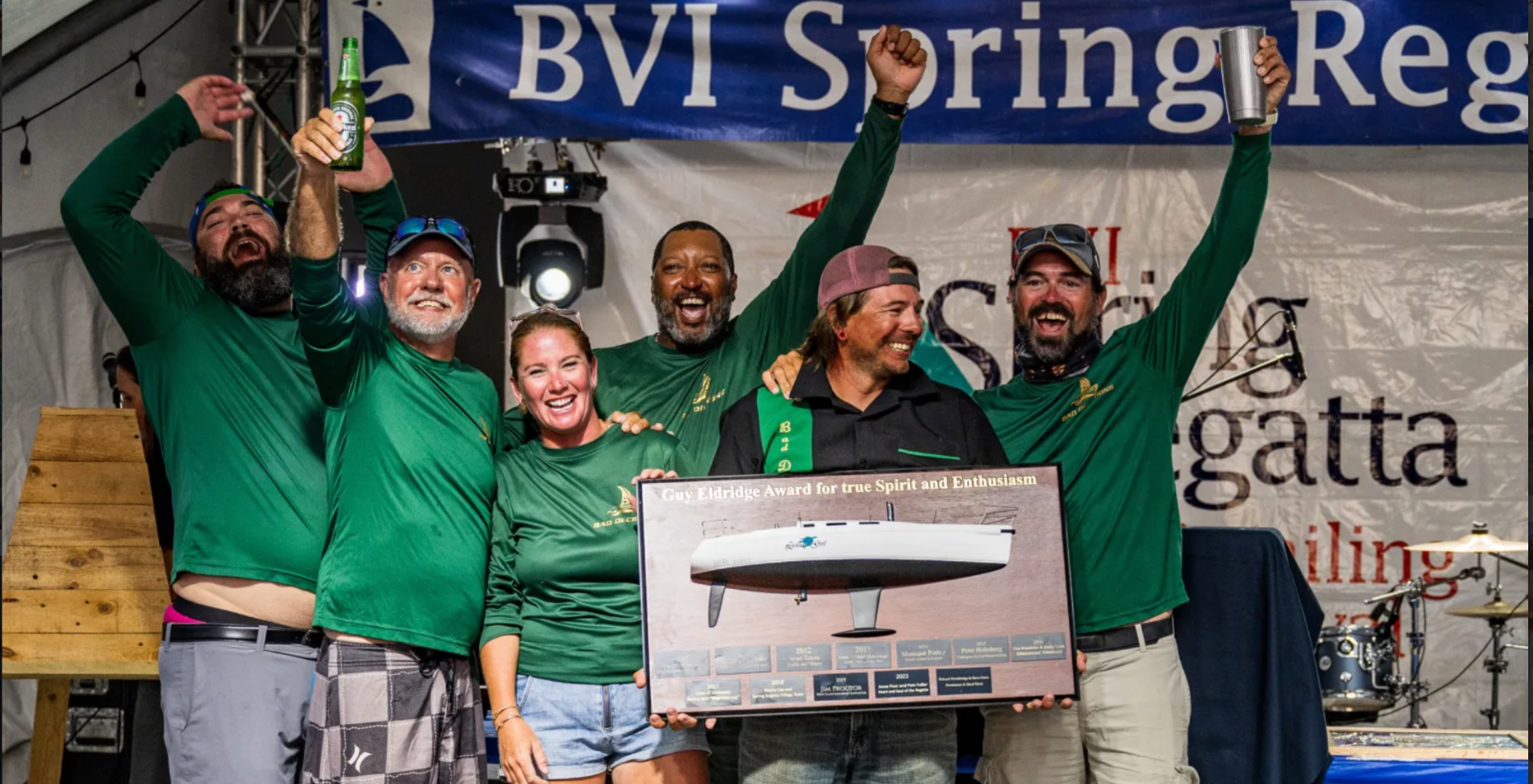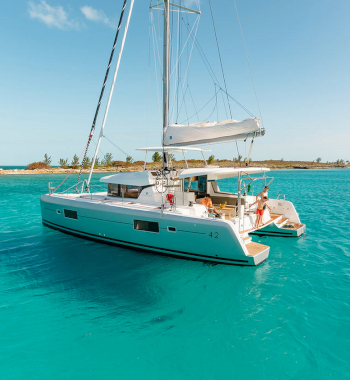Diving and Snorkeling
Diving
Scuba diving opens a whole new perspective on the BVI’s marine realm. If you are a certified diver, and go with one of the territory’s half dozen or so professional dive operators, most of the BVI’s spectacular underwater sites will be yours to explore. For beginner or novice divers, these same firms will offer a “Discover Scuba Diving” course.
This introductory lesson, which is sometimes referred to as a “Resort Course,” usually starts off with a classroom lesson and an initial dive in a pool or shallow beach area to get the student acquainted with the equipment. Then it’s off to one of the area’s easily accessible offshore reefs for an unforgettable first-time experience. The whole procedure takes half a day.

If you are interested in going to the next level, you can take a Certification course, and some dive operations offer additional advanced training options. Certification will allow you to rent tanks and dive without an instructor, although it is always advisable to dive with a companion.
Among the BVI’s most popular dive spots are Blonde Rock, Painted Walls, Alice in Wonderland, and Great and Seal Dogs. Each offers its own thrill and spectacular dive experience from coral encrusted canyons and ledges to bountiful tropical fish life including parrot fish, eagle rays wrasse and sea horses.
There are also a number of shipwrecks through the BVI, including the Chickuzen a 246’ refrigerator boat which sank six miles north of Beef Island in 1981; others including the Marie L, the Pat and Beata lie in “Wreck Alley” near Cooper Island’s Manchioneel Bay.

The Wreck of the RMS Rhone
The Wreck of the RMS Rhone though is by far, the BVI’s most famous dive site. Its skeleton which teems with fish and other sea life, is all that is left of one of England’s state of the art steam ships tragically sunk by a hurricane in October 1867 with all but 23 of its passengers and crew.
In 1865 the RMS Rhone was a state of the art vessel.
Built by the Millwall Iron Works of England in 1865, the Rhone was a sturdily constructed 310-foot vessel. It had a total of 313 passenger cabins in first, second and third classes and was just two years old when it set out for its first voyage to the Caribbean; her initial destination was a supply stop in the Danish port of St. Thomas, but because of a yellow fever outbreak on that island, the ship’s captain rerouted the vessel to a coaling station on Peter Island in the British Virgin Islands.
On the morning of October 29th, Captain Wooley noticed the barometer dropping precipitously. Unbeknownst to the ship’s crew and passengers, a devastating hurricane was bearing down on them. As the wind and seas began to rise, Wooley left the harbour, steaming to the safety of Road Harbour. But it was too late. First the anchor snapped, and then she was driven towards Salt Island, where she foundered and sank. The graves of some of the crew can still be seen on the western point of Salt Island.
Today the RMS Rhone is part of the BVI’s national parks system and its only marine park. It lies off the western point of Salt Island at a depth of approximately 20’ at its shallowest end and 80’ at its deepest. In 1976, the ship achieved Hollywood stardom as the backdrop for the underwater scenes of The Deep, based on the Peter Benchley book and starring Jacqueline Bisset and Nick Nolte.
The coral encrusted skeleton of the ill-fated ship is still clearly visible, and has become home to countless fish and sea life. Diving through its ethereal depths is a reminder of the hazards of a bygone era of sailing.
Snorkeling

The simplest way to explore the area’s many beautiful reefs is to snorkel. The equipment is simple, requiring just a mask, snorkel and fins, and the technique, even for novices, is easy to master. There are many good snorkeling areas off our beaches, but if you are on a boat, even more of the area’s spectacular reefs are within easy reach. Most day charter boats have snorkel equipment on board and quite a few of them offer snorkeling instruction. Several boats specialize in snorkeling tours exclusively.
Popular snorkel spots are Smugglers Cove and Brewer’s Bay on Tortola and The Baths and Spring Bay on Virgin Gorda. The Caves and rocky shoreline at Norman Island are also a popular spot, as are the nearby rock formation, The Indians (although beware of the strong current here). The famed Horseshoe Reef on Anegada, one of the largest barrier coral reefs in the Caribbean, is a splendid reef for snorkeling. The Dogs, a group of uninhabited islands east of Tortola, are also known for their snorkeling and are popular among yachtsmen.
Popular Posts
News & Views: BVI Olympic Team
Noah’s Story: A BVI Sea Turtle’s Journey
The BVI, A Wonderful World
A Journey Through The BVI

